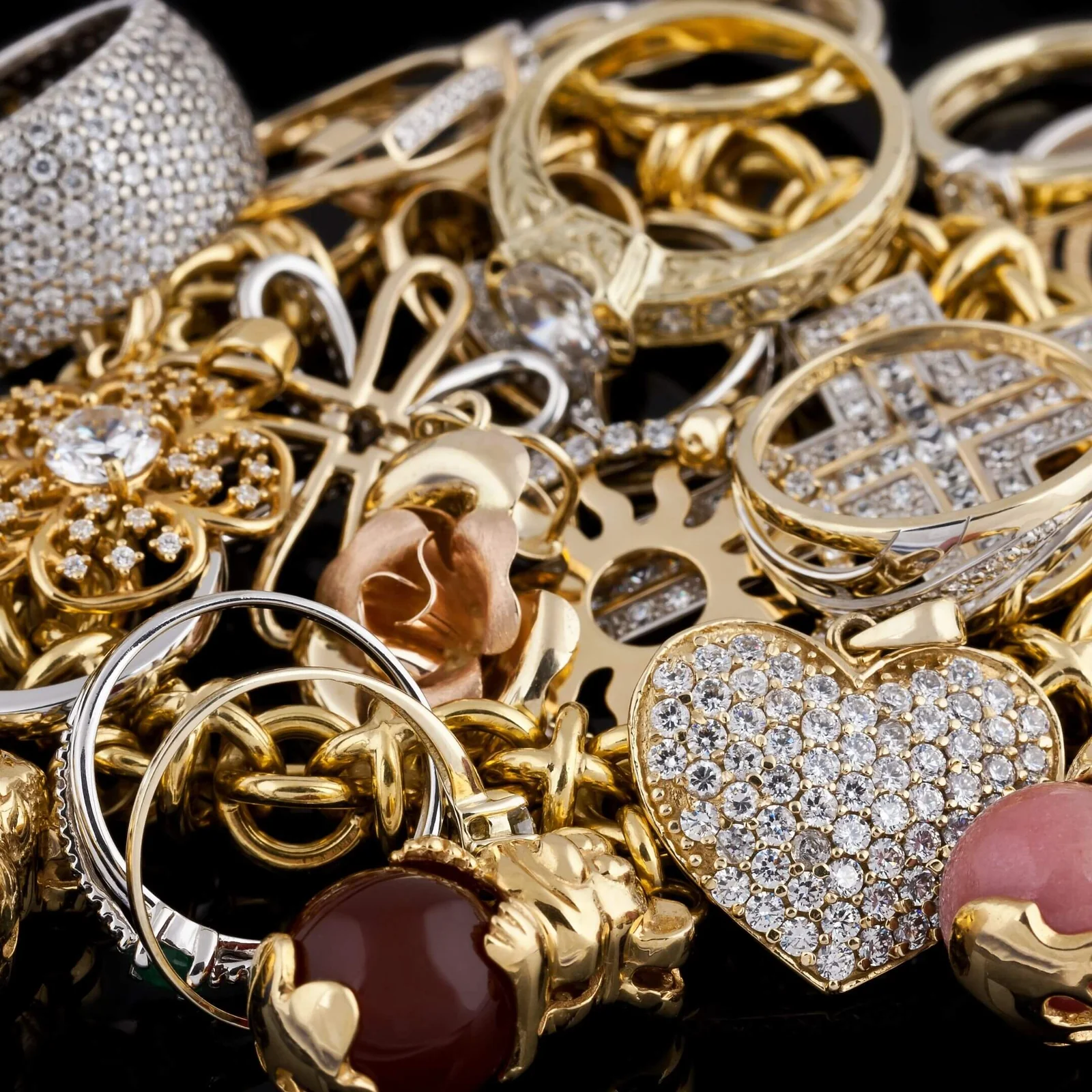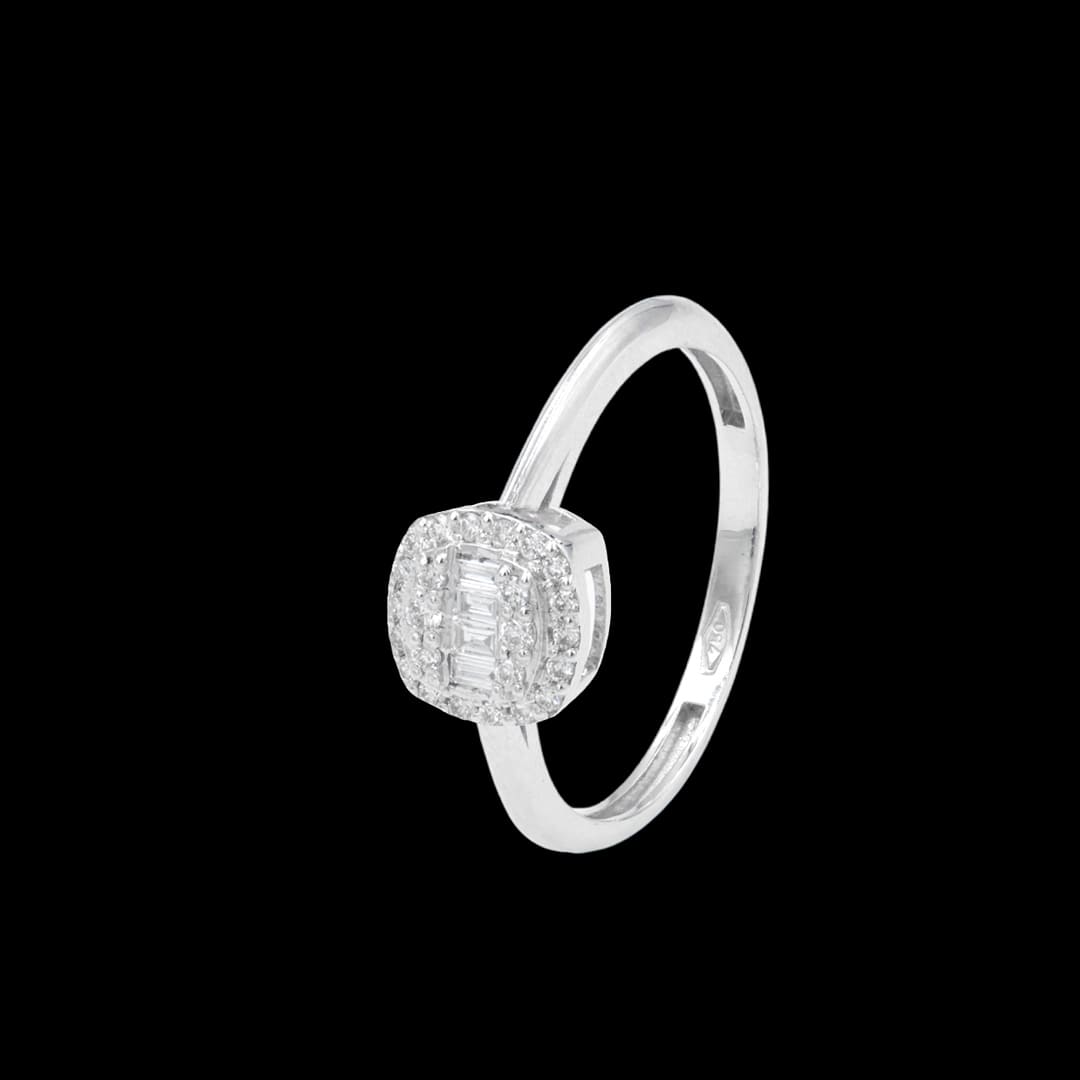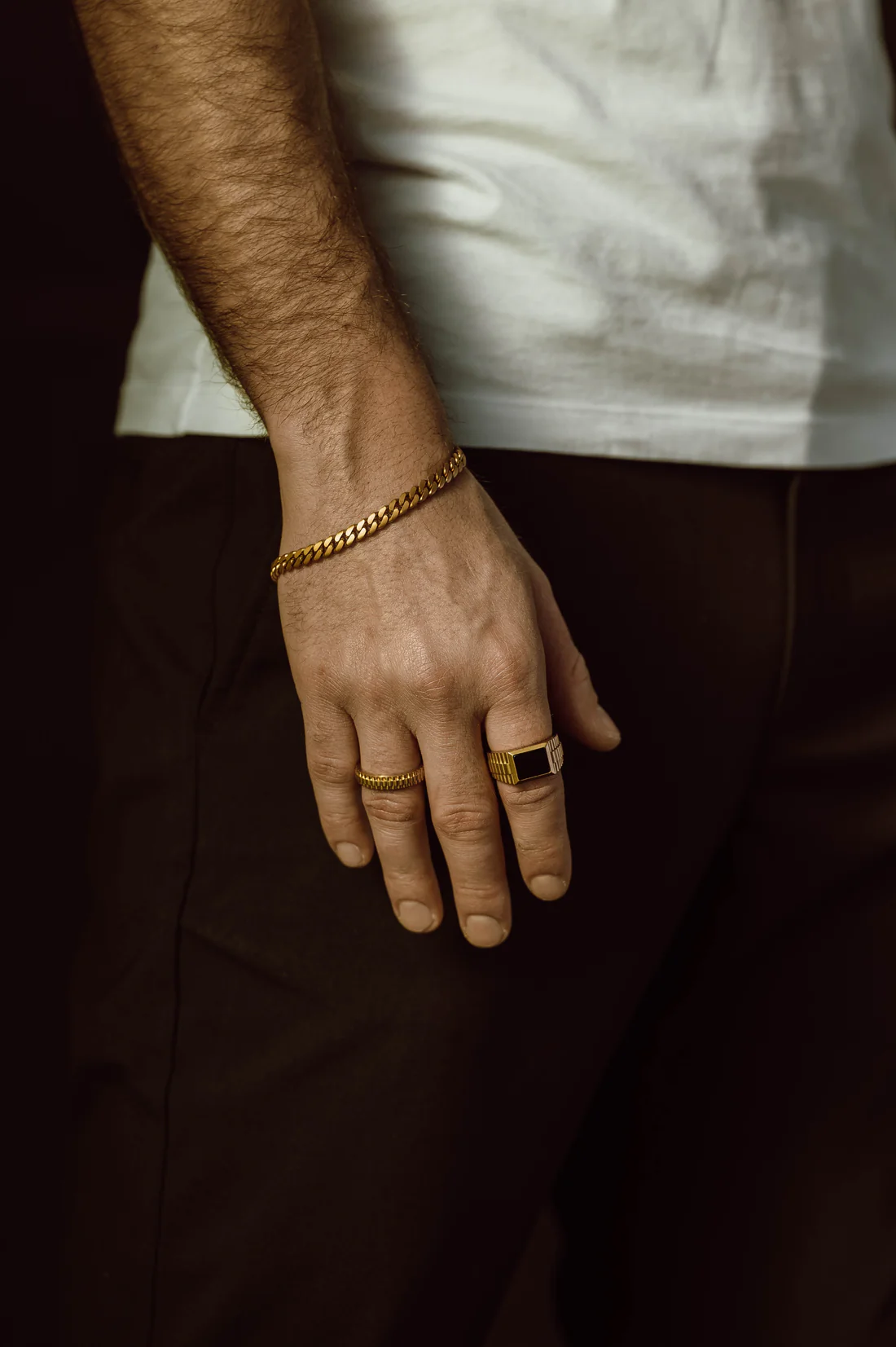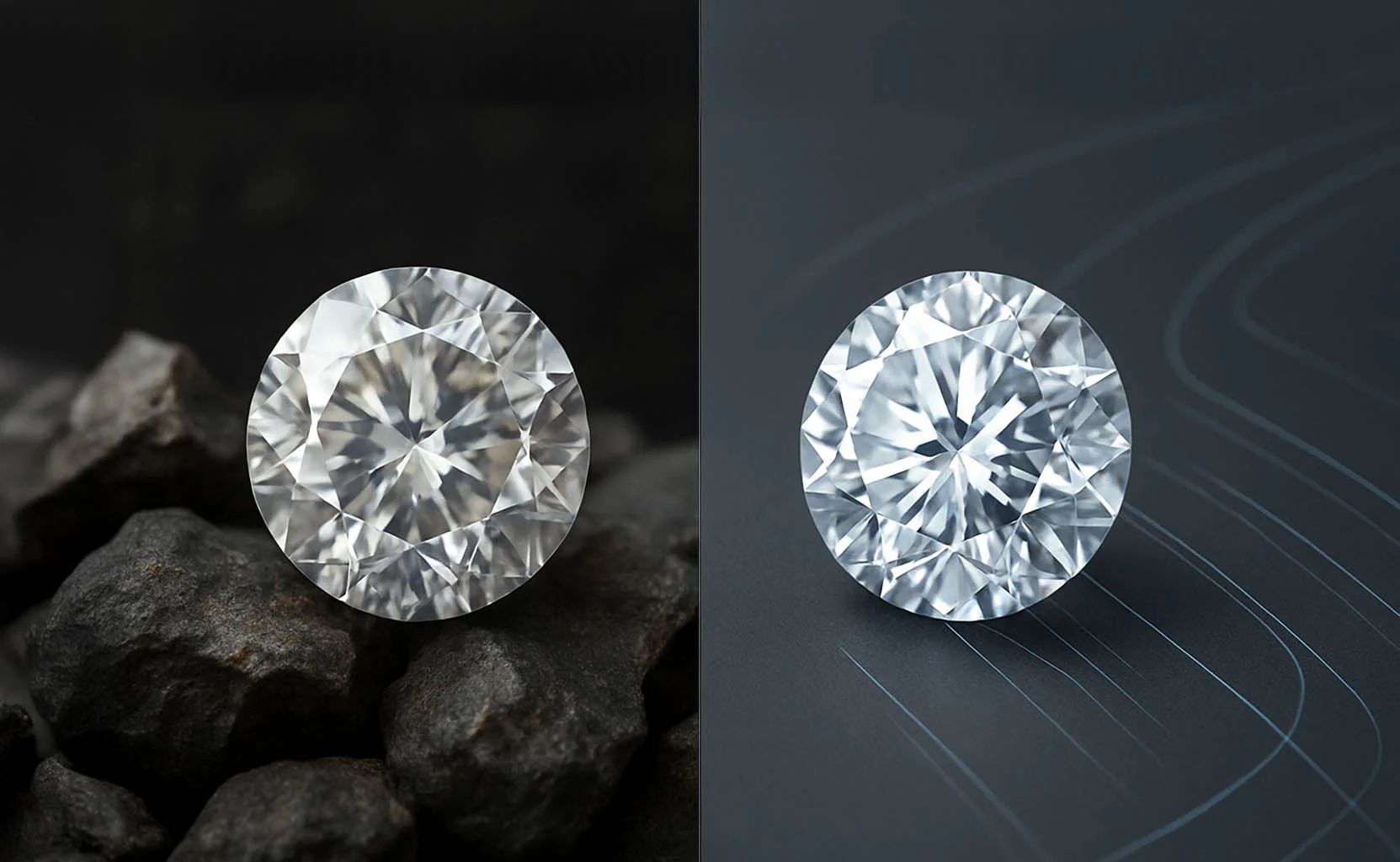
Why Gold and Silver Dominate Jewelry—And What About Other Metals Like Bronze?
Gold and silver have long reigned supreme in the world of jewelry, adorning everything from royal crowns to everyday accessories. Their shine, durability, and historical symbolism have made them the go-to choices for thousands of years. But in a world full of metals, why is jewelry so heavily focused on gold and silver? Why don’t we see more bronze, brass, or even copper pieces in the mainstream? Let’s explore.
The Allure of Gold and Silver
Gold and silver are both precious metals that are relatively rare, which has contributed to their high value. But rarity alone isn’t the full story.
These metals are incredibly workable—meaning they’re soft enough to be shaped into intricate designs, but strong enough to last. They’re also resistant to corrosion and tarnish (especially gold), which ensures that a piece made today can last generations with minimal maintenance. Add to that their natural shine and luster, and it’s easy to see why gold and silver have become timeless staples.
So Why Not Bronze?
Bronze, an alloy typically made from copper and tin, actually has a rich history in jewelry and art. In fact, it was one of the earliest metals used by humans for tools, weapons, and adornments during the Bronze Age. It’s durable, earthy, and gives off a warm reddish-brown hue that many people find attractive.
However, bronze does have a few drawbacks that limit its popularity in fine jewelry:
-
Tarnish and Patina: Bronze reacts with air and moisture, developing a greenish patina over time (like what you see on old statues or coins). While some people love this rustic look, others see it as a sign of deterioration.
-
Skin Reactions: Bronze contains copper, which can oxidize when it comes into contact with sweat or oils on the skin. This may cause green stains on the skin or allergic reactions for some people.
-
Perceived Value: Bronze isn’t a precious metal, so it’s not considered as luxurious or valuable as gold or silver. This affects how it’s marketed and how much consumers are willing to pay for it.
Other Alternative Metals
There are plenty of other metals used in modern jewelry, each with its own pros and cons:
-
Brass: Similar to bronze, with a golden appearance, but it tarnishes more quickly and can also cause skin reactions.
-
Copper: A beautiful reddish metal often used in artistic or bohemian styles, but it tarnishes and discolors easily.
-
Titanium & Tungsten: Popular in men’s jewelry due to their toughness and modern look. They’re hypoallergenic and highly durable, but very difficult to work with, which limits design options.
-
Stainless Steel: Affordable, corrosion-resistant, and durable—commonly found in fashion jewelry and watches.
-
Platinum & Palladium: More expensive than gold, extremely durable, and hypoallergenic, often used in high-end jewelry.
A Matter of Taste, Tradition, and Longevity
Gold and silver remain the top choices because they strike the perfect balance between beauty, workability, and value. That doesn’t mean other metals have no place in jewelry—it just means they tend to fill niche roles or stylistic preferences. For instance, bronze jewelry may appeal to lovers of vintage aesthetics or historical recreations, while titanium might be favored for modern, minimalist designs.
In the end, jewelry is about expression. Whether it’s the glow of gold, the shimmer of silver, or the earthy charm of bronze, the best metal is the one that resonates with you.
View Abdullah Sakkijha Jewelry’s latest collections and pieces: https://abdullahsakkijha.com/
Visit us: Swefieh, Al-Hamra Street – Amman, Jordan
Follow us on our socials:
Instagram | Facebook |Snapchat | TikTok | YouTube







Add comment